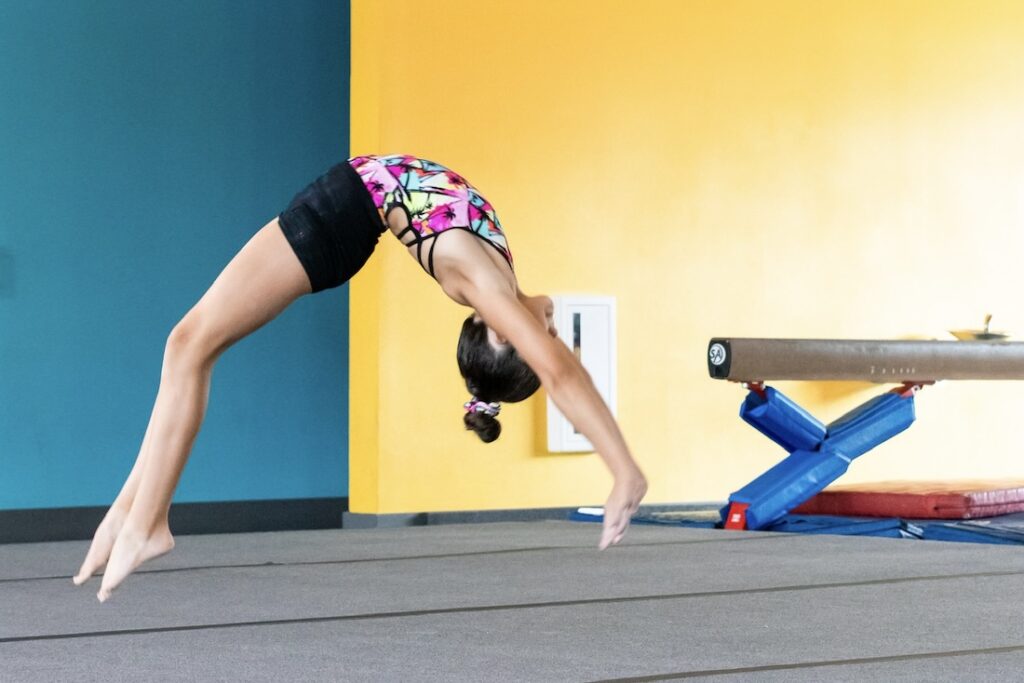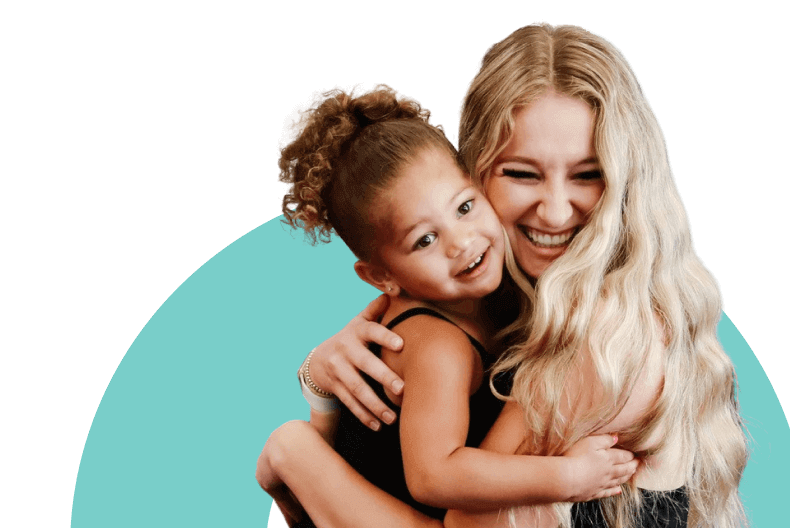Physical activity during childhood lays the groundwork for lifelong health, development, and confidence.
Among the many sports available, gymnastics stands out for its unique ability to enhance both coordination and strength, two pillars of physical development that help children thrive in everyday life and other sports.
Let’s explore how gymnastics builds these essential skills and why it’s one of the smartest choices for young children.
Why Coordination and Strength Matter in Childhood
As children grow, their bodies continually learn how to move efficiently and effectively.
Developing movement patterns, balance, and muscle control during this time is essential not only for achieving physical milestones, such as running and jumping, but also for promoting cognitive development and confidence.
Improved coordination helps children:
- Move with confidence and balance
- Avoid unnecessary injuries
- Excel in sports and playground activities
Improved strength supports:
- Core stability and posture
- Joint health and injury prevention
- Endurance and muscle development
Between the ages of 2 and 12, children experience a critical period during which their brains and bodies are particularly responsive to movement-based learning.
The more opportunities they have to move with intention, the more robust their motor skills and coordination become.
How Gymnastics Boosts Coordination
Gymnastics involves constant transitions between movements, like flips, balances, rolls, and leaps, which challenge a child’s brain and body to work together.
A study published in Frontiers in Psychology found that training has been shown to improve neuromotor coordination and dynamic balance in children by stimulating the cerebellum and enhancing the body’s awareness of movement and position.
Some specific gymnastics-based coordination skills include:
- Balancing on beams
- Coordinating limbs during jumps and landings
- Timed movements on floor routines
These experiences help strengthen neural pathways between the brain’s hemispheres, improving communication between muscles and brain signals.
Over time, this leads to smoother, more confident movement, even in everyday tasks like walking, climbing stairs, or catching a ball.
How Gymnastics Strengthens the Whole Body
Unlike many youth sports that isolate specific muscle groups, gymnastics uses the entire body in dynamic, integrated ways.
From swinging on bars to holding planks and cartwheeling across the mat, children engage their arms, legs, and core together, developing real-world, functional strength. These full-body movements train the body to move as a connected system.
Benefits of gymnastics for strength include:
- Building strong core muscles for better posture and alignment
- Developing arm and shoulder strength through climbing and bar work
- Strengthening legs through controlled jumping, landing, and tumbling
Because gymnastics relies on bodyweight exercises, children gain strength in a natural, age-appropriate way, without external weights or resistance that could put young joints at risk.
The Confidence and Discipline Connection
Gymnastics goes beyond physical strength by encouraging emotional growth. Learning new skills through structured practice gives children a sense of accomplishment that fuels self-esteem.
When kids try, fail, and try again, they learn that growth takes time and effort — a lesson that extends far beyond the gym.
Gymnastics training also:
- Encourages discipline, focus, and patience
- Promotes body awareness and control in movement
- Builds resilience through repetition and goal-setting
When a child sticks a landing or climbs the rope for the first time, it’s a boost in confidence and a moment of personal pride.
Why Gymnastics for Kids Is a Smart Investment
Gymnastics develops skills that support success in nearly every sport and activity.
The strength, coordination, flexibility, and body awareness that children develop in gymnastics carry over into other sports, such as soccer, basketball, dance, swimming, and more.
At America’s Kids In Motion, our gymnastics programs are:
- Carefully structured for each age and skill level
- Led by encouraging, highly trained instructors
- Rooted in both child development and physical safety
Whether your child is brand-new to sports or looking to advance their abilities, gymnastics offers a high-value, high-impact opportunity to build physical skills and self-confidence in a safe, supportive environment.
FAQ: Common Questions About Gymnastics for Kids
At what age can children start gymnastics?
Most children can begin gymnastics as early as 18 months in parent-tot classes, but structured independent classes typically start around age 3.
Programs at America’s Kids In Motion are designed to support the development of skills appropriate for each age group.
Is gymnastics safe for young children?
Yes. When taught by trained professionals in a properly equipped environment, gymnastics is a safe and beneficial activity.
We prioritize safety, using age-appropriate progressions and padded equipment to minimize the risk of injury.
How often should my child attend gymnastics classes?
For beginners, once or twice a week is ideal. Consistent practice builds coordination and strength gradually while keeping the experience fun and engaging.
Try a Gymnastics Class at America’s Kids In Motion
Ready to help your child grow stronger, more coordinated, and more confident?
Our Fresno-based instructors are here to support every child, whether they’re taking their first roll or building advanced skills.
Explore our gymnastics programs and sign up for a trial class today.




